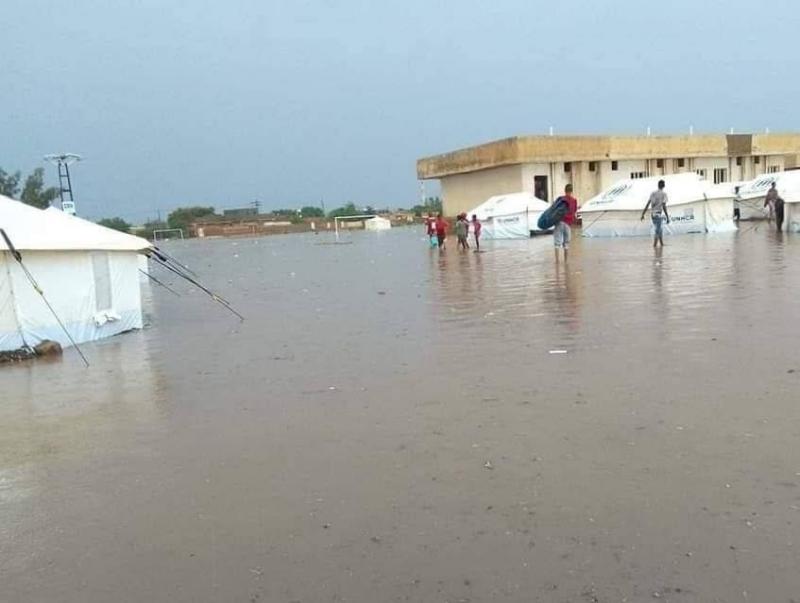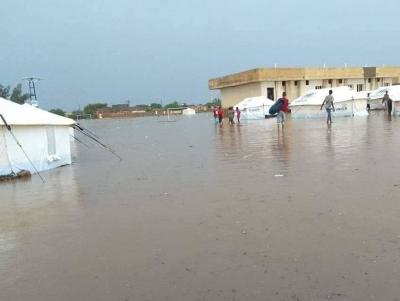In the past few weeks, the Egyptian border area with Sudan has experienced unprecedented rainfall. This has drawn attention to Egypt's share of fresh water this year, with some questioning whether it is a natural occurrence or a result of positive climate change for the country. In this context, Abbas Sharaki, a professor of geology and water resources at Cairo University, stated in comments to "Al Arabiya.net" that "the rains in the Nubian region of Egypt and Sudan are indeed unprecedented in modern times." He explained that "the rain can fall heavily for about 3 hours over a day or two at most, which is known as sudden floods."
However, according to Sharaki, what is noteworthy is "the continued rainfall for more than 12 consecutive days during this month, which confirms that these are not sudden floods as we are accustomed to in Egypt, but rather a significant part of the rain belt extending from the southern Arabian Gulf to the Atlantic Ocean, where a shift to the north has occurred, encompassing the rain in southern Arabia, Halayeb and Shalatin, Lake Nasser, Abu Simbel, Mount al-Owainat, southern Libya, and northern Chad, Niger, Mali, and southern Mauritania." He added that "at the same time, rainfall has decreased below average along the coasts of West Africa, known for heavy rains."
He also mentioned that "Mount al-Owainat was considered during rainy eras as a water tower in North Africa, where rivers spring forth heading in all directions, including westward to supply Lake Chad, and it was also crucial in feeding the Nubian sandstone aquifer extending in the Western Desert of Egypt, Sudan, Chad, and Libya, which currently forms one of the largest groundwater reserves in the world."
Additionally, he stated that "initial estimates indicate that the amount of rain that fell from August 1 to 10 in Egypt alone was about 2.5 billion cubic meters, with around 200 million cubic meters (only 8%) reaching Lake Nasser as direct rainfall, along with flood outlets, the most important being Wadi Al-Olaqi, which is nearly equal to the volume of water discharged from the High Dam daily during the peak summer needs."
He noted that "the agricultural lands in Toshka, Halayeb and Shalatin, and Abu Simbel received part of the rain, while the remaining amounts were distributed over the surface that has been parched for hundreds of years, as much of the land is nearly flat, leading to the formation of water pools in some areas that quickly disappear due to intense evaporation and seepage underground because of the sandy nature."
As for the weather phenomenon, he revealed that "the rain calmed down since Sunday, August 11, with light rain limited to the Mount al-Owainat area, but there is no confirmation on the end of this rare rainy scene that Egypt and the region have experienced, as the rains may return again or gradually fade." He concluded by stating: "However, it is considered a positive phenomenon for Egypt, which suffers from water scarcity and low rainfall amidst the expansion of desert lands."




